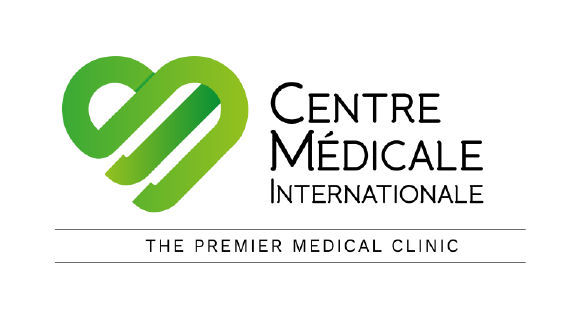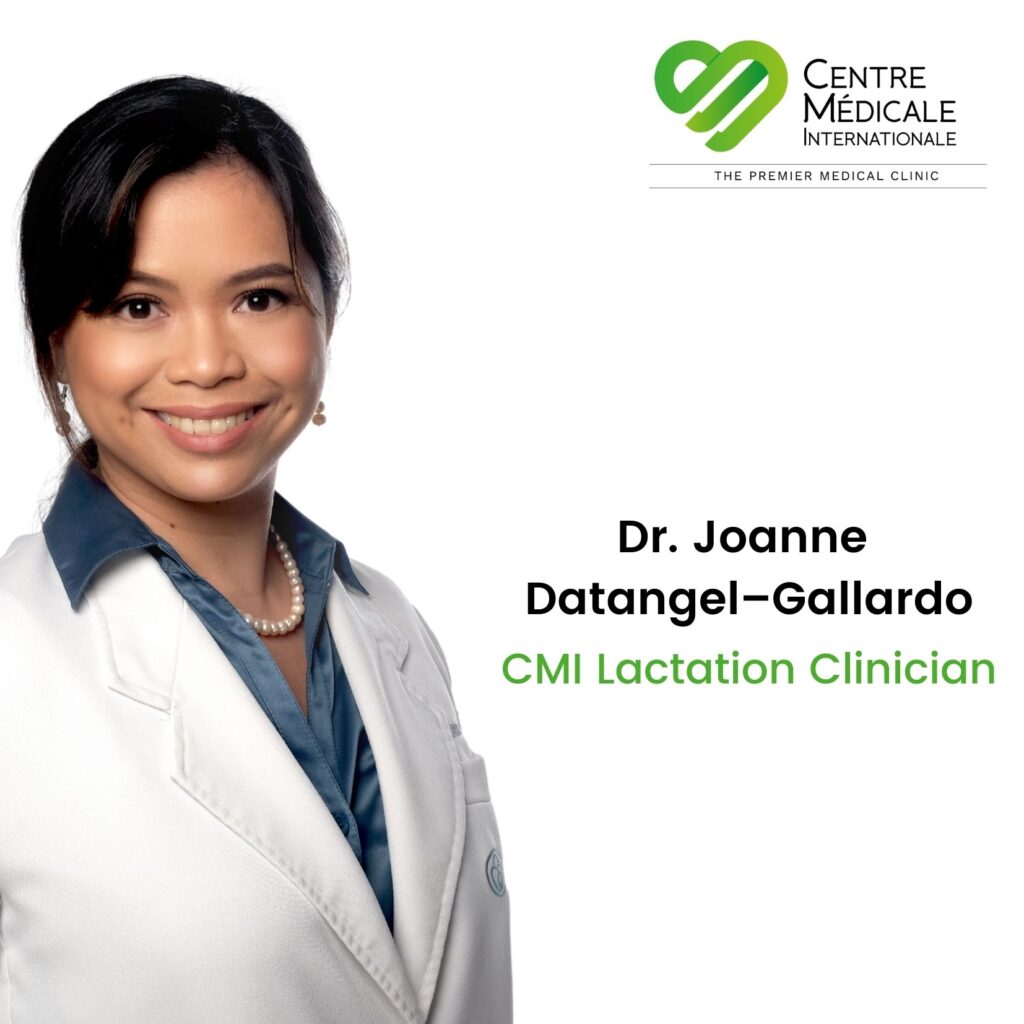Seven Reasons Why Moms Don’t Breastfeed—and What They can Do About Them
Seven Reasons Why Moms Don’t Breastfeed —
and What They can Do About Them
Joy Rojas
CMI’s lactation clinicians address common breastfeeding challenges
Since time immemorial, experts have extolled the benefits of breastfeeding. Besides protecting babies against various illnesses due to its perfect blend of nutrients and immunoprotective factors for a growing baby, breast milk offers advantages to a child that extend well beyond infancy—protection from allergies and obesity, among others.
Breastfeeding is a win-win situation for mothers too. This natural form of nourishing a baby is an effective calorie-burner that helps moms lose pregnancy weight faster. It also gets their uterus to return to its original size, lowers the risk of developing breast and ovarian cancer, and could quite possibly stave off osteoporosis too.

What keeps moms from utilizing this nutritious, readily available, and free form of feeding baby? Centre Medicale Internationale (CMI) lactation clinicians Dr. Lei Camiling-Alfonso and Dr. Datangel–Gallardo identified the challenges breastfeeding mothers face and how to overcome them in the CMI webinar “Successful Breastfeeding in the New Normal: Ensuring Safe Lactation for Mothers and Newborns.”
“My baby isn’t getting enough milk.” According to Dr. Datangel–Gallardo, about 35 percent of breastfeeding mothers believe they have Actual Insufficient Milk Supply (AIMS). “But the condition is very rare,” she says. “In fact, international studies say it only comprises 5 percent of all the mothers worldwide.”
Insufficient glandular tissue (IGT)—or breast hypoplasia, another rare condition wherein breasts lack the glands and ducts that produce milk—has also been cited by moms, though again, the lactation clinician believes it’s more a mother’s perception rather than a doctor’s official diagnosis. “Many mothers diagnosed with IGT have been able to continue breastfeeding with proper support, albeit some needed supplementation.”
Admittedly, some conditions do affect the production of breast milk, such as the accidental severing of nerves and ductwork during breast surgery or a lumpectomy. Gestational diabetes, thyroid issues, and polycystic ovarian syndrome may affect lactation, too, acknowledges Dr. Datangel–Gallardo. “But for as long as they are addressed and controlled, they shouldn’t be a problem.”
“My baby doesn’t want me.” If a baby turns his head as if to avoid his mother’s breast or throws a fit with each attempt to breastfeed, it doesn’t necessarily mean that he doesn’t want your milk. “Perhaps the environment is stressful,” says Dr. Datangel–Gallardo, “or he doesn’t like the smell of his mom’s perfume or new laundry detergent.” Switching back and forth from bottle-feeding to breastfeeding may also confuse the baby, leading him to cry or have a tantrum.
“I’m super tired.”Moms who continue to work while caring for a newborn and the rest of the family would much rather sleep than breastfeed—yet feelings of guilt and a sense of responsibility compel them to give their infant what it wants. Dr. Datangel–Gallardo suggests mothers seek help when the thought of breastfeeding makes them anxious or depressed, or when the baby is irritable or breastfeeds too long yet doesn’t seem to get full or put on weight.
“It’s super painful.” From the soreness of engorged breasts to toe-curling pain in the nipples—is breastfeeding really supposed to feel this way? “Contrary to what most moms believe, it is not normal for breastfeeding to be this painful,” says Dr. Datangel–Gallardo.
On a scale of 1 to 10, 10 being the most painful, breastfeeding pain in the first week ranks about a 2 or 3. “You should be getting used to it by then and the pain should go away,” she says. Pain that ranks from 6/10 to 10/10 is not normal and suggests a shallow latch (or how a baby attaches to its mother’s breast during breastfeeding)— the most common cause of pain. Anatomical features in the baby’s mouth may also cause breastfeeding pain. Improving the latch often helps, but persistent pain should warrant medical evaluation.
An inverted nipple (that is, a nipple that points inward) shouldn’t be a hindrance to breastfeeding, either. “It’s the areola, not the nipple, that the baby’s mouth and tongue needs to reach to extract milk through vacuum generation. If the latch is deep enough and the position correct, continuous breastfeeding may even evert the nipple out,” she says.
“I’m not getting support.” It’s easy to throw in the towel when those you love don’t support your decision to breastfeed. Did your husband ask you to stop? Did your mother say your breasts are too small or that your milk isn’t healthy enough? Do you love breastfeeding but have a ton of chores to do? “These are complaints that we may be able to mediate with your immediate family. We can come up with compromises to support each other or clarify feeding goals and what can be done in your context.”
“I can’t get the COVID-19 vaccine and breastfeed at the same time.” There is no basis for this. “Based on how the vaccines are made and the science behind them, experts believe that they are safe,” says Dr. Camiling-Alfonso.
There are also promising findings. In research involving pregnant and breastfeeding women who were vaccinated against COVID-19, experts noted the presence of vaccine-generated antibodies in the umbilical cord blood and breast milk.
In the Philippines’ mass vaccination program, pregnant women are classified by the Department of Health as A3, or persons with comorbidities.
“I may give my baby COVID-19 from breastfeeding.” No less than the World Health Organization (WHO) encouraged mothers who tested positive for COVID-19 to initiate or continue breastfeeding their babies. According to studies by the WHO, no traces of the active virus were found in samples of fluid around the baby in the womb or breast milk.
“Breast milk is likely not the source of infection for the infant,” avers Dr. Camiling-Alfonso, after stating the findings of another study involving breast milk from 18 infected mothers.
In fact, colostrum—the viscous, yellowish, sticky fluid released in the first 3-4 days before breast milk—is considered the “baby’s first vaccination,” given that it is rich in a mix of protective antibodies specifically tailored by the mother’s body to protect her newborn.
Ultimately, mothers and their babies have all to gain from breastfeeding. Why let misconceptions and minor hitches that can easily be corrected with the help of a lactation clinician get in the way of a healthy, natural, and beautiful experience?
“These are common concerns of mothers,” says Dr. Datangel–Gallardo. “We can help and if needed, we can refer them to other professionals that we trust.”
CMI’s board-certified pediatricians and lactation clinicians are available for face-to-consultations and teleconsultation services. Call today at 0927 931 7194 or email experience@cminternationale.com.






